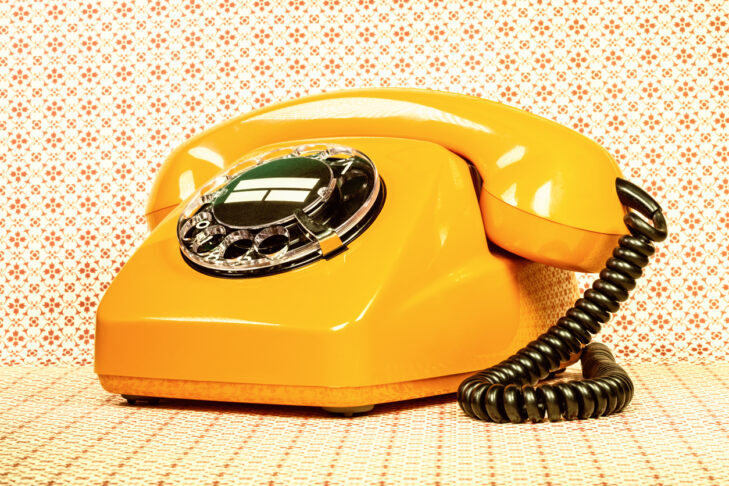Kvetching is a time-honored tradition of the Jewish people. It presumably began with Eve stubbing her toe or something in the Garden of Eden and crafting a beautiful metaphor of pain, and ends with us, now, in a period rife with kvetch-worthy situations.
Kvetching, though it is often mistaken for complaining, is not. Complaining is for children and will reduce an adult to such in experienced company. No, kvetching has nuance. Kvetching has self-awareness. Kvetching is, above all, enjoyable and cathartic. I love a good kvetch, and I love hearing a good kvetch. But a well-crafted kvetch takes practice, and absolutely has to include certain tenets in order to sidestep the weakness of complaint.
Kvetching is about group dynamics. Think of your grandmother and her friends, how they effortlessly play off each other like actors. They one-up each other, but without malice. They don’t actually think any one of them has it the worst, they’re simply building a kvetch monument to their friendship. Stories and pains and medical issues and children, all fair game, all creatively spun into a tapestry. When a single Jew is in a group of non-Jews, their kvetching may fall flat if no one picks up the slack. It’s a group activity, a form of social bonding.
The kvetcher must have some form of self-awareness. Yes, we know we’re all alive and our children are alive, and we are sitting in someone’s delightfully decorated house eating expensive snacks, but our bunions! Our sons! Our sons’ bunions! Kvetching rarely comes from a place of serious tragedy, and if it does, it serves as a coping mechanism. There are some things one shouldn’t joke about, even with the most nuanced of gallows humor, and nothing kills a kvetch like not reading the room.
Kvetching must be theatrical. A dry, dragging kvetch is not a kvetch. Get animated; throw those wild gesticulations in there. When I kvetch, everyone in a five-foot radius better stand back because my arms are everywhere. If I’m standing, better make it 10 feet. A good kvetch is a performance, and no one likes a still, unassuming performance.
A kvetch cannot come from a place of malice. The inverse kvetch, or the “bless her heart,” is characterized by passive-aggressiveness directed with dart-like accuracy at an unassuming target who brought a dry mac-and-cheese to the luncheon. The “bless her heart” has a nice candy coating, but it’s rotten on the inside. A kvetch comes from a place of love and acceptance, even if the person being kvetched about is a total nudnik. We all have those nudniks, and we all love them. We ourselves are nudniks sometimes. It’s OK.
An expert kvetch is insightful. It draws in current events, human foibles, a little history. It’s a layered thing, like baklava. You bring it to the party, and everyone leaves feeling satisfied, heartened, a little sweeter. Kvetching is catharsis in a world full of uncertainty, where bad things happen for no reason. Kvetching keeps us from stewing, from becoming bitter like a forgotten lemon. When we kvetch together, we grow closer. We pass on our history and culture and heritage. In short, we form bonds, and that is, at its core, what kvetching is all about.



